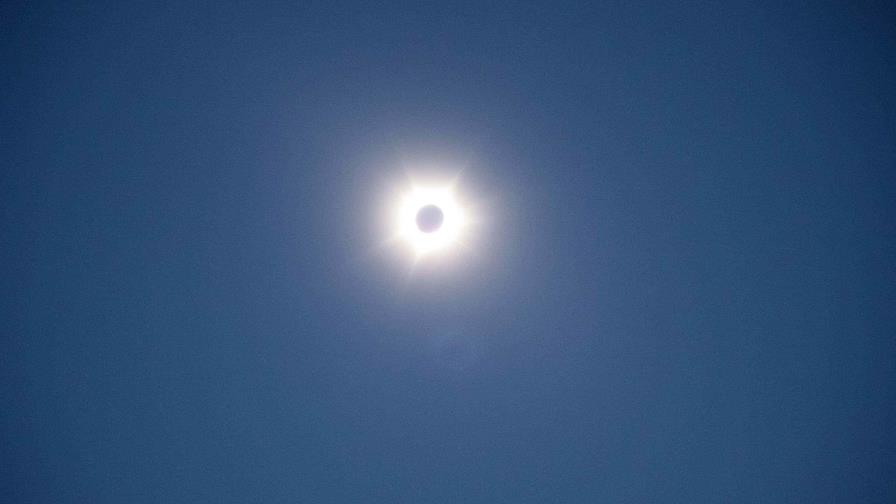Experts warn Dominicans not to use x-rays or sunglasses to see Saturday’s eclipse

Santo Domingo.- The Dominican Astronomical Society (Astrodom) is providing crucial recommendations for observing the solar eclipse scheduled for this Saturday, October 14. The primary advice, supported by both Astrodom and NASA (National Aeronautics and Space Administration), is to avoid direct eye contact with the Sun during the eclipse, as the Sun will never be fully obscured by the Moon.
To ensure safe observation, it is strongly recommended that eclipse viewers utilize specialized solar filters or indirect viewing methods. Astrodom emphasized the potentially harmful effects of gazing directly at the Sun during an eclipse and urged the use of certified eclipse glasses, specialized solar filters, or projection techniques to safeguard one’s eyesight.
Astrodom further warned against using regular sunglasses, medical X-ray plates, photographic negatives, smoked glass, or compact discs as makeshift eclipse viewers, as these materials are ineffective and can be harmful to the eyes. The only safe way to view the Sun, whether during an eclipse or not, is by projecting it or filtering its rays with ISO 12312-2 certified equipment.
To aid the public in safely enjoying the eclipse, Astrodom has shared various indirect observation methods on its Instagram account, including the use of a simple card projector and a “box” projector.
The solar eclipse on October 14 will be visible from different locations across the Dominican Republic, with varying durations and times. Residents of Montecristi will have the earliest opportunity to witness the eclipse at approximately 12:26:53 PM local time. In Santo Domingo, the eclipse will commence at 12:34:11 PM, reach maximum coverage at 2:13:17 PM, and conclude at 3:46:17 PM. Start times in other provinces, such as Santiago, Peravia, and San Cristóbal, were also provided.
This annular solar eclipse will start in the United States, traversing from the Oregon coast to the Texas Gulf coast, before extending into Central America and eventually South America. Millions of people in the Western Hemisphere will be able to witness this eclipse. In the Dominican Republic, observers will experience the eclipse in its partial phase.
It is essential to follow safety guidelines and employ certified equipment when observing the solar eclipse to protect your eyes from harm.
















